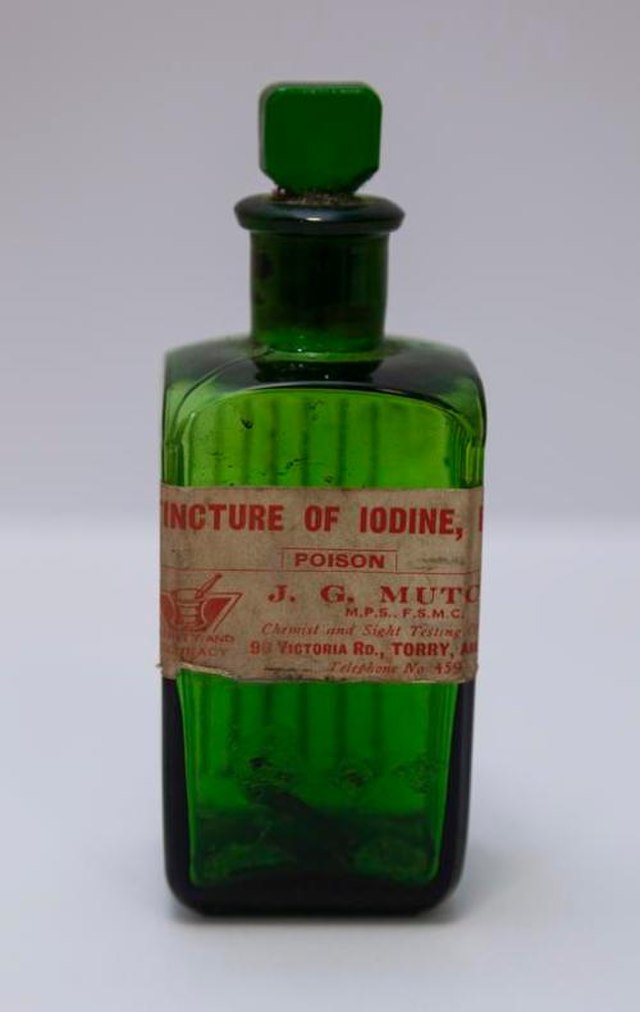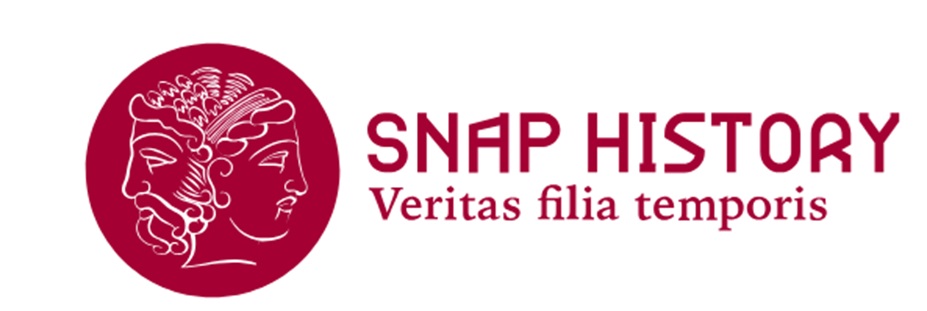"Magic" liquids, still widespread today
Disinfectants in World War I

Tincture of Iodine from ship's medicine chest, From An Aberdeen Trawler Wrecked On Hoy - Wikicommons
In the early period of World War I, a conservative approach prevailed in surgery, which involved not operating on patients with wounds in the abdominal area or soft tissues, which were reported to be the most difficult operations. This decision was not based on the superiority of the conservative approach over the surgical one, but on the impossibility of operating due to environmental conditions. It was noted that as soon as the patient was incised, flies arrived, and there was a high probability of infection. Therefore, medical care was preferred over surgical care because the mortality rate from infections was very high.
In the Russo-Japanese conflict, the head of the Japanese medical services prohibited any abdominal surgery for the same reasons.
The situation changed dramatically with the introduction of a new antiseptic product called Dakin – Carrel solution (named after Henry Dakin, a British chemist who moved to America, and Alexis Carrel, a French surgeon and biologist). Without going into technical details, we can say that it was based on sodium hypochlorite and boric acid. It was used on a large scale for the first time in World War I and its derivative is still known and used today: chloramine.
Medical historian Giorgio Cosmacini tells us that after the fierce battles of Verdun, among those who did not benefit from this solution, mortality reached up to 90%, compared to 10-15% of those who were treated with it.
In 1908, the Istrian doctor Antonio Grossich developed iodine dye, which was widely used during the Italo-Turkish War (1911-1912). This significantly increased the choice of surgical intervention even far from the largest hospitals. It is worth noting that iodine dye is still commonly used today.
Moreover, the new interventional approach was strongly favored by new radiological technologies that made surgeries more certain, greatly simplifying the surgeon's work.
Marialuisa Malnis
2025-05-05
Salvatore Ciccarello
